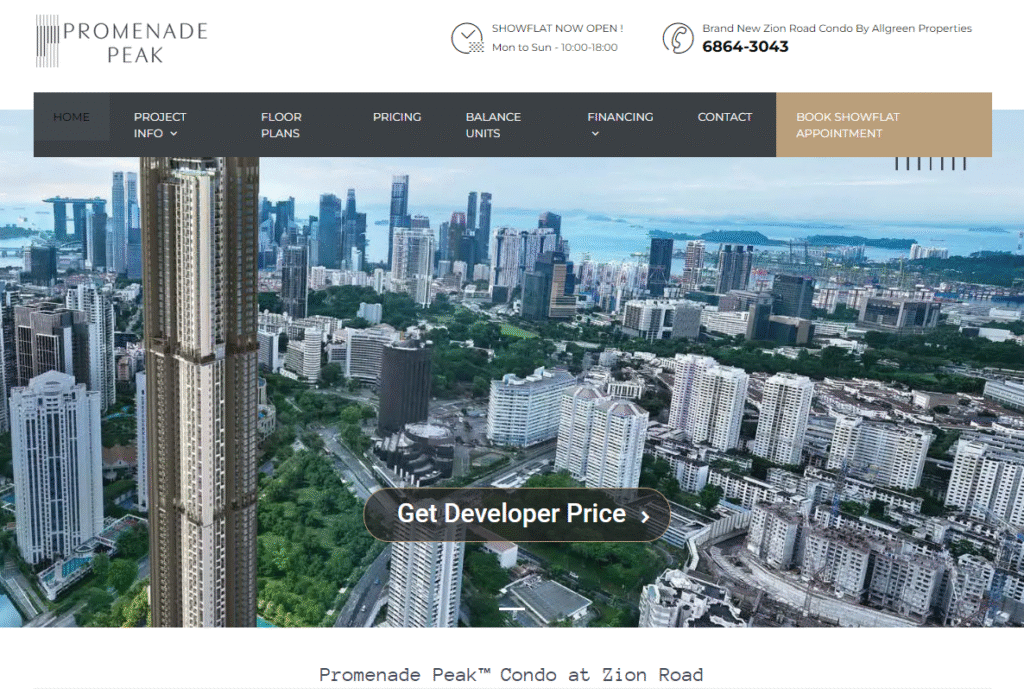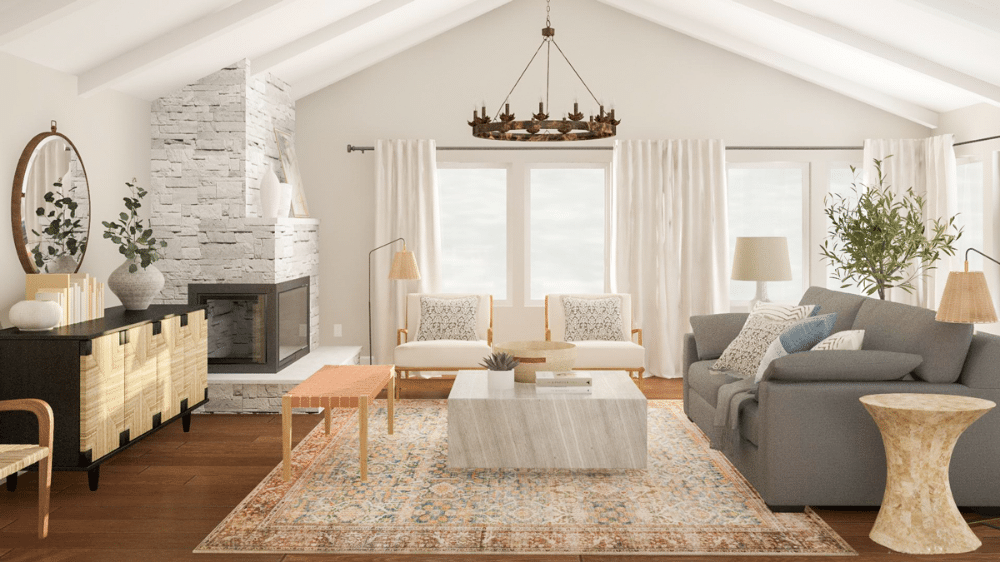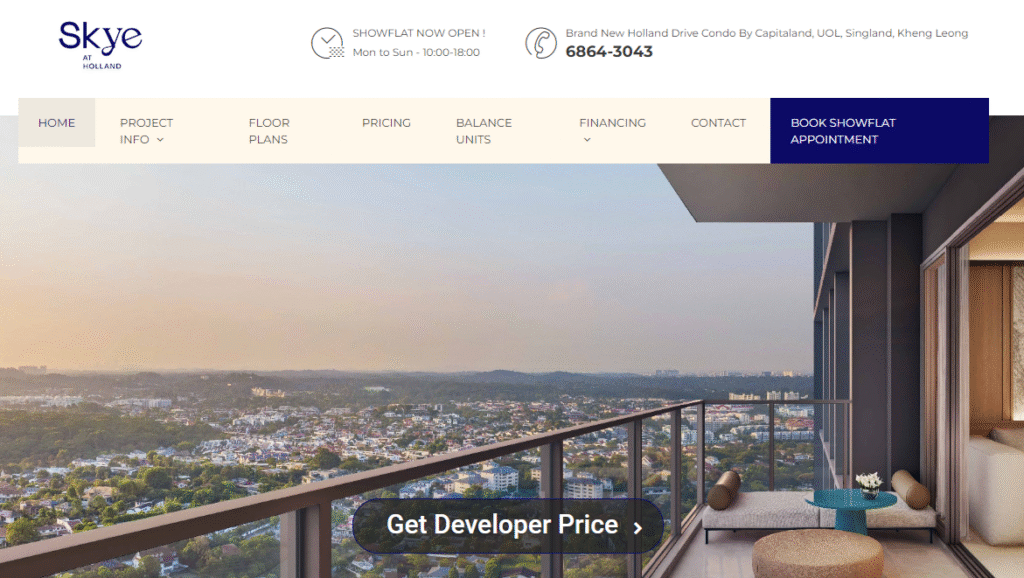Why Minimalist Interior Design Is the Ultimate Home Hack in an age of sensory overload, minimalist interior design offers a breath of fresh air. By paring back clutter, focusing on functionality, and embracing simplicity, this home hack unlocks a wealth of benefits—mental clarity, streamlined maintenance, and an aesthetic that’s both timeless and transformative. Whether you’re living in a compact urban flat or a sprawling suburban retreat, the tenets of minimalism can revolutionize how you inhabit and enjoy your space. Let’s explore why minimalist interior design stands unrivaled as the ultimate home hack.

1. Clarity of Mind Through Spatial Serenity
Our environments shape our thoughts. Crowded rooms with superfluous décor can instill anxiety, whereas open, uncluttered spaces foster calm. By adopting minimalist interior design, you create visual breathing room. Fewer objects translate to fewer distractions.
- Psychological Reset: Entering a tidy space lowers cortisol levels, the stress hormone.
- Intentional Living: Keeping only what you love and use reinforces mindful consumption.
- Focus Enhancement: In a pared-down environment, your mind can better concentrate on important tasks.
This mental decluttering is priceless in a world brimming with information overload.
2. Effortless Upkeep and Maintenance
More items mean more dusting, more organizing, and more cleaning supplies. Minimalism slashes the number of possessions you must care for.
- Reduced Cleaning Time: Fewer surfaces and objects simplify chores.
- Streamlined Storage: With less to store, closets and cabinets stay organized longer.
- Longevity of Materials: Simple, high-quality furnishings endure wear, whereas trendy knickknacks often degrade quickly.
When cleaning feels less like a chore and more like a quick ritual, home maintenance becomes almost meditative.
3. Enhanced Functionality and Flow
At the heart of minimalist interior design lies utility. Each piece serves a purpose, often more than one. Multipurpose furniture and open layouts foster seamless movement.
- Multipurpose Pieces: Think storage ottomans, fold-away desks, or sofa beds.
- Optimized Layouts: Furniture placement prioritizes pathways and natural light.
- Decluttered Countertops: In kitchens and bathrooms, clear surfaces expedite meal prep and morning routines.
This functional focus turns your home into a toolkit for daily living rather than a gallery of forgotten décor.
4. Cost Savings and Conscious Spending
Embracing minimalism curtails impulse buys. Rather than chasing every new trend, you invest in a curated collection of high-quality staples.
- Reduced Impulse Purchases: Clear criteria for what enters your home guards against buyer’s remorse.
- Investment in Quality: Higher-priced foundational pieces outlast cheaper alternatives.
- Lower Replacement Costs: Timeless designs don’t go out of style, reducing the urge to overhaul décor annually.
Spending less on superfluous items frees up resources for experiences, travel, or truly meaningful acquisitions.
5. Timeless Aesthetic Appeal
While maximalist trends come and go, minimalism endures. Clean lines, neutral palettes, and unadorned textiles ensure your space never feels dated.
- Neutral Foundation: Whites, grays, and muted earth tones provide a versatile backdrop.
- Subtle Accents: A single standout artwork or sculptural lamp becomes a focal point rather than visual noise.
- Enduring Materials: Natural wood, stone, and linen age gracefully, developing character over time.
This classic approach renders each room perpetually chic, regardless of fleeting interior trends.
6. Improved Air Quality and Better Health
Clutter harbors dust, allergens, and mold. Minimalist spaces, with their open layouts and minimal surfaces, are easier to ventilate and keep dust-free.
- Fewer Dust Collectors: Simplified décor means fewer nooks for debris accumulation.
- Enhanced Ventilation: Open floor plans allow air to circulate unimpeded.
- Cleaner Surfaces: Smooth, unbroken surfaces are straightforward to wipe down.
Breathing easier isn’t just a metaphor; it’s a tangible benefit of minimalist living.
7. Maximizing Small Spaces
Urban dwellers often face cramped quarters. Minimalism unlocks these compact environments, making them feel more expansive.
- Strategic Mirrors: Reflective surfaces double perceived square footage.
- Vertical Storage: Tall shelving takes advantage of ceiling height.
- Light-Enhancing Colors: Pale walls and unobtrusive furnishings amplify natural light.
By reducing visual clutter, even a tiny studio can feel airy and open—a sanctuary rather than a closet.
8. Elevating Focus on Meaningful Possessions
In a minimalist home, each item is chosen with intention. This curation elevates cherished objects—heirlooms, artworks, or treasured books—into central design features.
- Curated Collections: A single, well-framed photograph or sculpture gains prominence.
- Emotional Resonance: Surrounding yourself only with items that spark joy enhances daily happiness.
- Personal Narrative: Intentional décor tells your story more vividly than walls crammed with random finds.
Less truly becomes more when the objects you keep are the ones that matter most.
9. Sustainability and Environmental Responsibility
Minimalism dovetails with eco-friendly living. Fewer purchases mean reduced waste, less packaging, and a lighter ecological footprint.
- Buy Once, Use for Life: Durable, ethically made pieces outlast the disposable alternatives.
- Upcycling and Repurposing: Turning old furniture into new, functional art reduces landfill contributions.
- Mindful Consumption: The minimalist ethos champions quality over quantity, aligning with sustainable values.
Your curated home can thus reflect both personal style and planetary stewardship.
10. Creating a Calming Retreat
Your home should be a refuge from the outside world’s chaos. Minimalist design fosters tranquility through predictable layouts and soothing palettes.
- Monochrome Serenity: One or two harmonious colors repeated across surfaces instill calm.
- Soft Textures: Linen throws, wool rugs, and matte ceramics invite tactile comfort.
- Balanced Proportions: Symmetry and deliberate spacing create visual rest.
This serene cocoon enhances relaxation, sleep quality, and overall well-being.
Implementing Minimalist Interior Design: Practical Steps
Transitioning to minimalism can feel daunting. Here’s a structured roadmap:
- Audit Your Belongings
- Empty one shelf or drawer at a time.
- Ask: “Do I use this? Do I love it?”
- Donate or recycle anything that fails both tests.
- Define a Neutral Base
- Choose 2–3 foundational colors (walls, floors, major furniture).
- Opt for neutrals—white, gray, beige, taupe—to maintain flexibility.
- Select Multi-Functional Furniture
- Look for hidden storage in ottomans or beds.
- Invest in fold-away desks or nesting tables for adaptability.
- Curate Art and Accessories
- Limit wall hangings to one or two statement pieces per room.
- Display only favorites; rotate seasonally if desired.
- Streamline Technology
- Conceal cables with cord management solutions.
- Embed smart home controls behind sleek panels.
- Invest in Quality over Quantity
- Prioritize timeless silhouettes and natural materials.
- View each purchase as an investment rather than a trend chase.
- Maintain Ritualistic Tidiness
- Dedicate 5–10 minutes daily to reset surfaces.
- Adopt the “one in, one out” rule for new items.
By following these steps, you gradually sculpt a minimalist sanctuary that feels both functional and inspiring.
Common Misconceptions Debunked
- Minimalism Means Stark and Cold
Not at all. Warm wood tones, lush textiles, and gentle lighting soften the aesthetic. - It’s Only for the Ultra-Rich
Budget-friendly minimalism thrives on DIY upcycling and judicious editing of existing items. - Minimalist Homes Lack Personality
Quite the opposite: each object retained carries heightened significance and reflects genuine taste.
Understanding these myths helps you embrace minimalism on your own terms.
Case Studies: Real-World Transformations
- Urban Studio: A 400 sq. ft. loft revamped with a fold-down Murphy bed, floating shelves, and a neutral palette expanded the perceived size by 30%.
- Family Home: Parents eliminated extra toys through monthly “rotate and store” sessions, fostering gratitude and reducing cleanup time by half.
- Vacation Retreat: A lakeside cabin outfitted with reclaimed wood floors, streamlined furnishings, and panoramic windows became a sanctuary for digital detox.
These successes highlight that minimalist interior design adapts fluidly across contexts and budgets.
The Psychological Payoff
Minimalist environments reinforce positive habits:
- Encouraging mindfulness, as each moment in a calming space invites presence.
- Instilling self-discipline through regular decluttering rituals.
- Cultivating gratitude for the items you retain, reducing consumerist urges.
Over time, these small shifts yield profound improvements in mental wellness and life satisfaction.
Future-Proofing Your Home
Minimalism isn’t a passing fad; it’s a durable design philosophy. By focusing on essentials, you craft spaces that evolve gracefully:
- Adaptable Layouts: Open plans accommodate new life stages—working from home, family growth, or empty-nest transitions.
- Sustainable Footprint: Quality investments reduce waste and minimize future renovation needs.
- Timeless Appeal: Classic lines and neutral bases ensure your home remains elegant, regardless of fleeting trends.
Your minimal sanctuary thus remains resonant and relevant for years to come.
At its core, minimalist interior design is the ultimate home hack because it maximizes life’s essentials while minimizing distractions. It marries functionality with elegance, yields financial and environmental benefits, and promotes mental clarity. By stripping away the superfluous, you reveal what truly matters—be it family, creativity, rest, or play.
Embark on your minimalist journey today. Edit ruthlessly, invest wisely, and relish the serenity of spaces designed around you. In doing so, you transform not just your home, but your entire way of living—simpler, calmer, and infinitely more meaningful.



